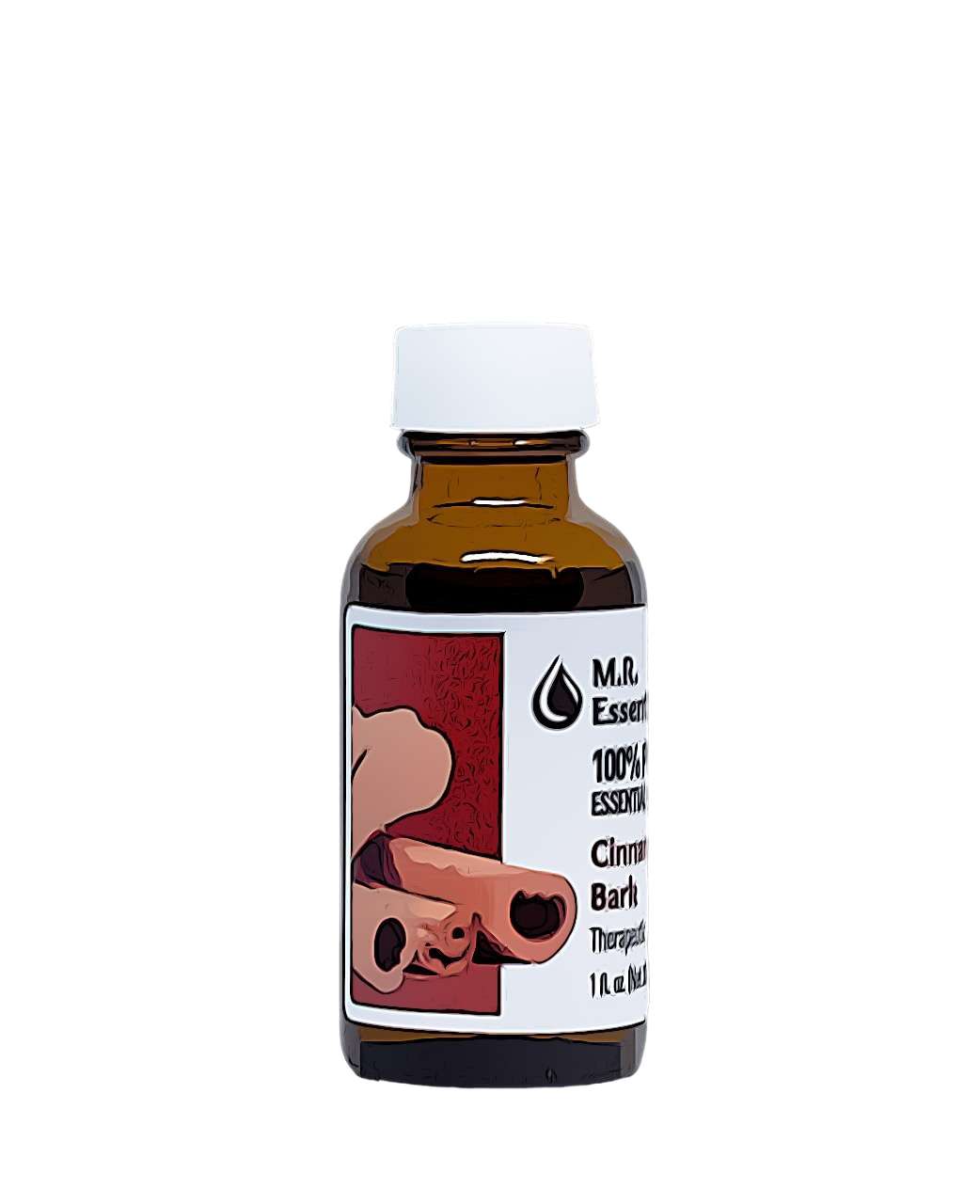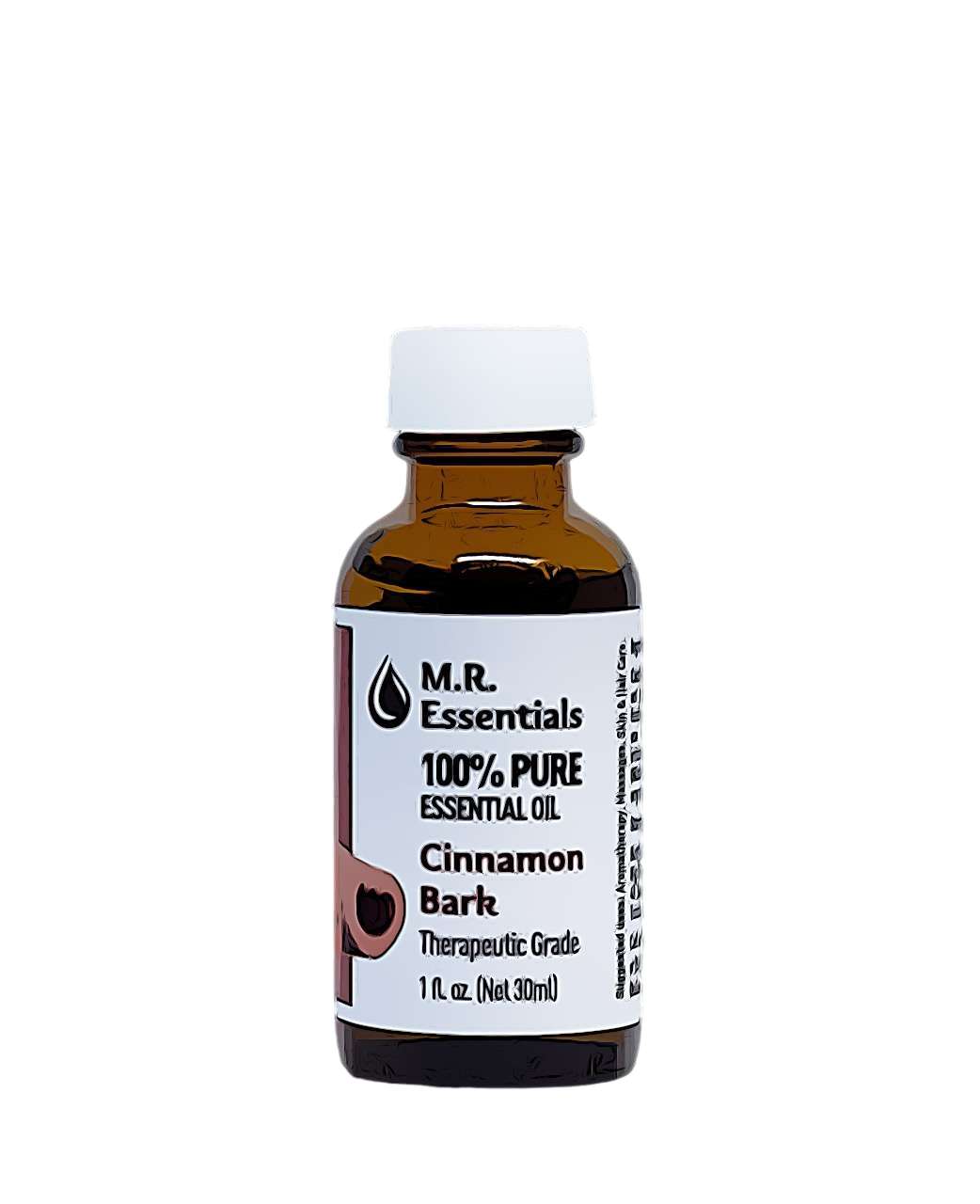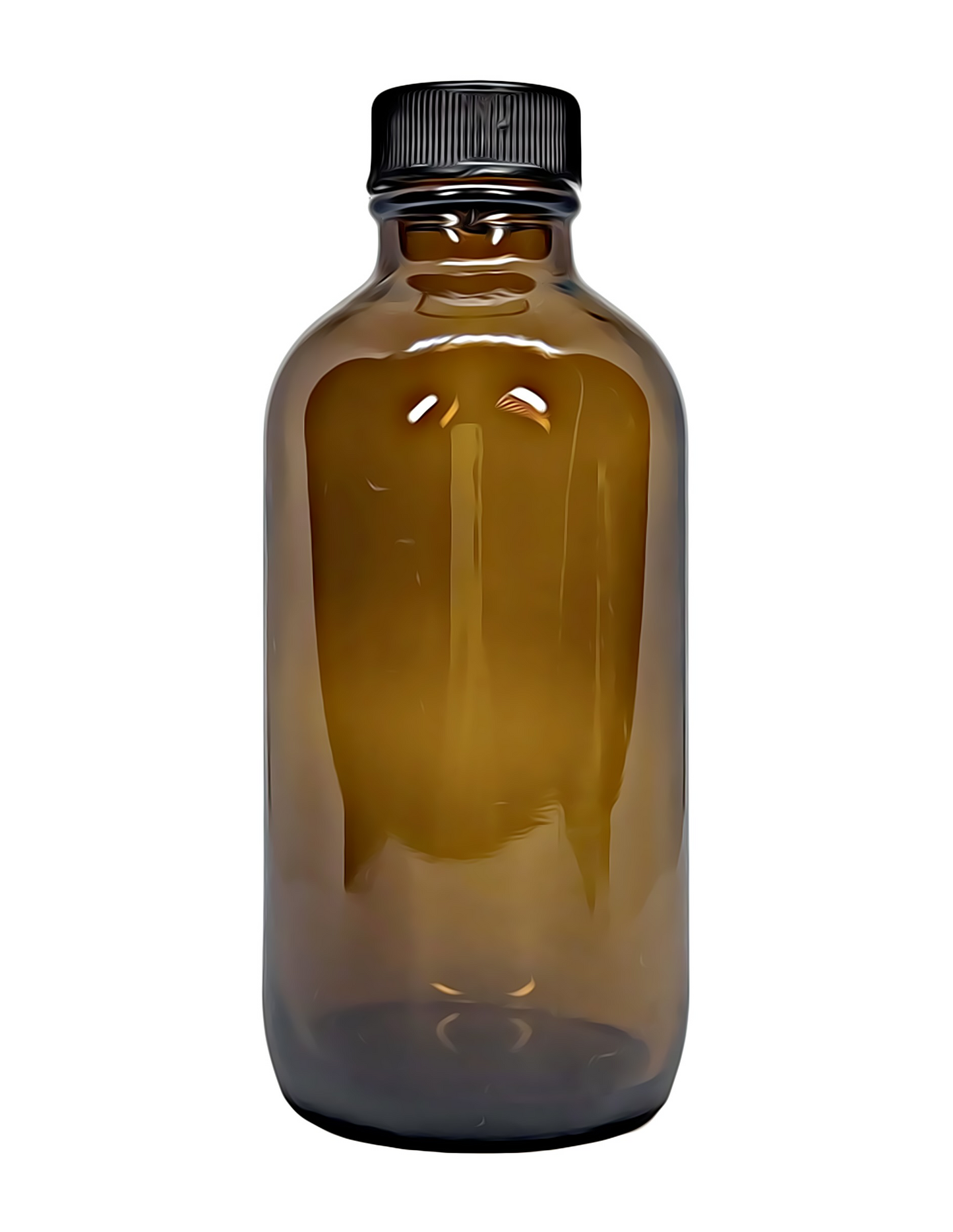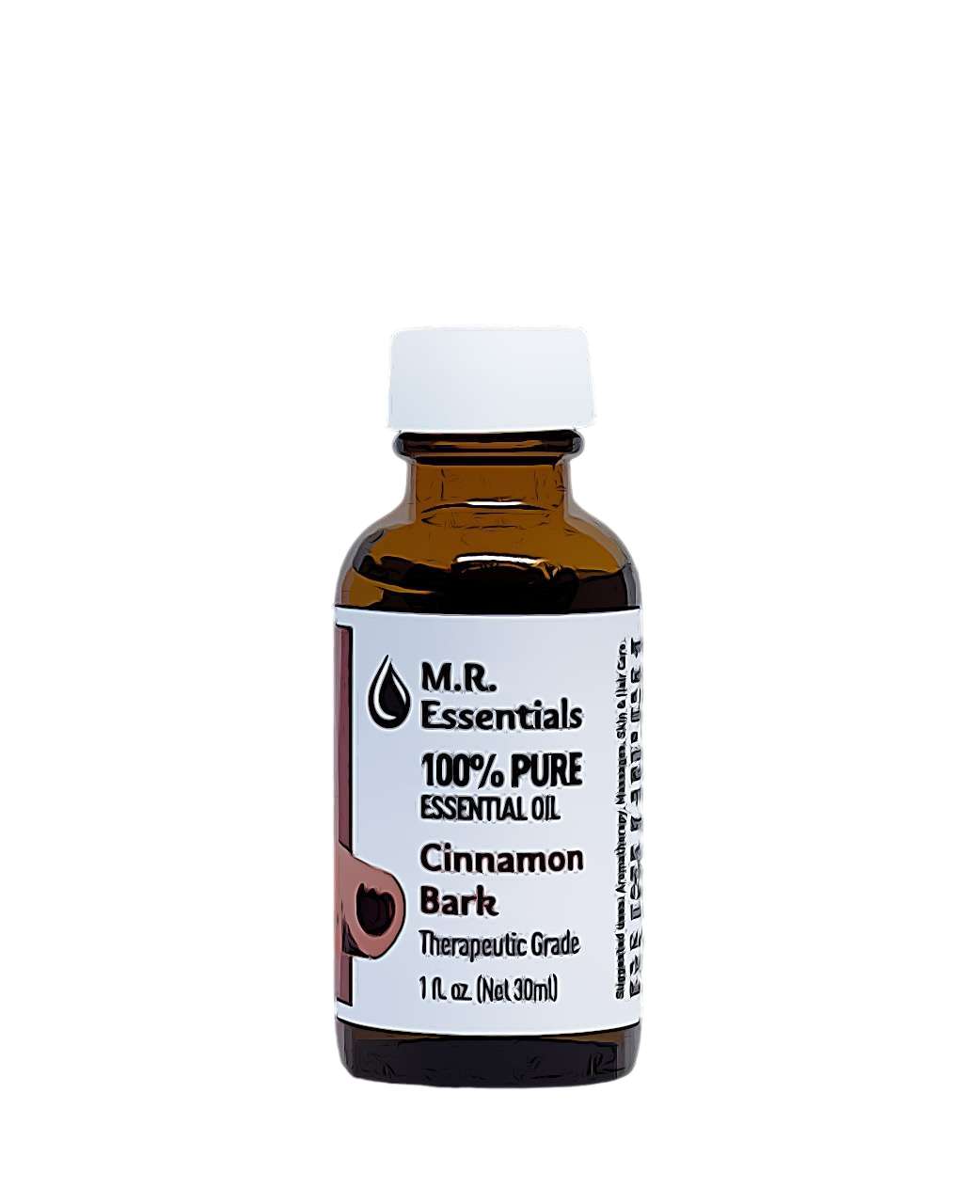MR Essentials
Cinnamon Bark Essential Oil (Cinnamomum verum)
Cinnamon Bark Essential Oil (Cinnamomum verum)
Couldn't load pickup availability
*The statements below have not been evaluated by the Food and Drug Administration. This product is not intended to diagnose, treat, cure, or prevent any disease.
Share
Product Details
Product Details
Method of Extraction: Steam Distillation.
Plant Part Used: Bark.
Color: Golden Yellow/Brown.
Consistency: Slightly oily feeling.
Aromatic Description
Aromatic Description
Perfumery Note: Middle.
Strength of Initial Aroma: Strong.
Aromatic Description: Peppery, earthy, spicy, bright yet slightly woodsy.
Suggested Uses
Suggested Uses
• Sluggish Digestion.
• Colds/Flu Exhaustion.
• Lice.
• Circulation.
• Rheumatism.
• Scabies.
• Stress.
Source: Julia Lawless, The Encyclopedia of Essential Oils (Updated Edition) (London: Harper Thorsons, 2014), 74-75.
Dilution Guideline
Dilution Guideline
Adults: Usually, a 2-3% dilution is suitable, about 12-18 drops of essential oil per ounce of carrier oil.
Children (5-10), Frail Elderly, Sensitive Skin: A lower dilution of 1% or less (6 drops per ounce).
Facial or Sensitive Areas: Use a 0.5-1% dilution (3-6 drops per ounce).
Acute or Short-Term Use: For resolving a specific issue, a marginally higher dilution can be used for a period of 2-3 weeks as necessary.
Major Constituents
Major Constituents
(E)-Cinnamaldehyde. Eugenol. (E)-Cinnamyl Acetate. Linalool. B-Caryophyllene. p-Cymene.
Source: B.M. Lawrence, Essential Oils 1988-1991 (Wheaton: Allured Publishing, 1995), 201. F. Tateo, F. Chizzini, The Composition and Quality of Supercritical CO2 Extracted Cinnamon. (Journal of Essential Oil Research 1, 1989), 165-168. K.H. Kubeczka, Essential Oils Analysis by Capillary Gas Chromatography and Carbon-13 NMR Spectoroscopy, Second Edition. (Chichester: Wiley, 2002). Sources cited in Robert Tisserand and Rodney Young, Essential Oil Safety (Second Edition. United Kingdom: Churchill Livingstone Elsevier, 2014), 248-249.
Safety Information
Safety Information
Tisserand and Young indicate that both the bark and the leaf oil are low risk for mucous membrane irritation, may inhibit blood clotting and pose a drug interaction hazard.
Cinnamon Bark Oil may cause embryotoxicity and is contraindicated in pregnancy and breastfeeding.
There is a high risk of skin sensitization with the bark oil, and Tisserand and Young recommend a dermal maximum of 0.07% for the bark oil. For the leaf oil, Tisserand and Young recommend a dermal maximum of 0.6%.
Reading Tisserand and Young's full profile for both the bark and leaf oils is recommended. [Robert Tisserand and Rodney Young, Essential Oil Safety (Second Edition. United Kingdom: Churchill Livingstone Elsevier, 2014), 248-250.]
This essential oil poses a higher risk of causing irritation and sensitization when used in the bath. Avoid using it in the bath, even if it is solubilized/diluted.






